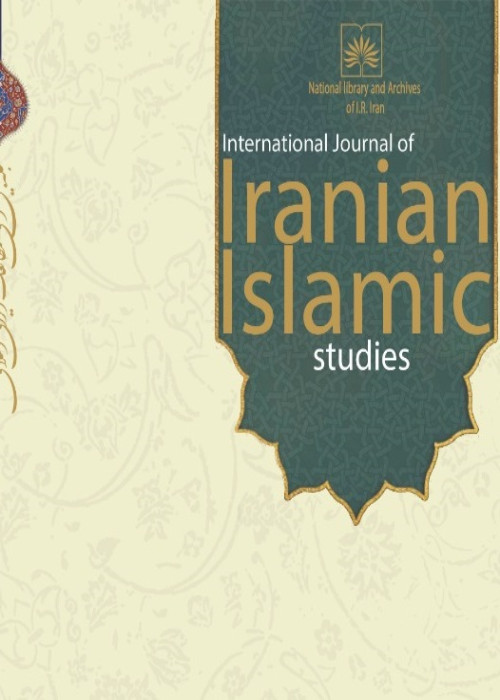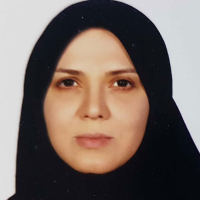Back to Sassanians in Textile Patterns of Buyids based on Three Pieces of Textile in Cleveland Museum
Although political and military changes are swift and tangible but gradually grow less and become softened. This is not the case for cultural-artistic changes, especially in the past eras. It took a long time to stabilize such changes in territories. Sometimes, they were faced with passive reactions and even negative or affirmative resistance. For the same reason, the final outcome was different from the initial purpose and one can see some kind of amalgamation in long term.The said fact is applicable to many cases including the Sassanian collapse by the Muslim Arabs. Albeit the fact that the Sassanian army was defeated in the battles of Qadisiyyah, Jslula and Nahavad and the murder of Yazgird III in Merv which resulted in the fall of the Sassanian dynasty. And accordingly, Muslim Arabs ruled over Iran. However, cultural-artistic and even religious changes were never swiftly and suddenly happened. During the Islamization of Iran, especially after the ill-treatment of Iran by the Umayyad and Abbasid caliphates, a series of drawbacks were created that led to the emergence of Shu’ubiyya who religiously desired to return to the Sassanian period through art. Continuance of the Sassanian patterns in the artworks of the early Islamic centuries, especially on textiles of the then time, all reveal the Iranians’ desire to revert to the Sassanian art and culture -not their religion- briefly speaking “reversion to the Sassanians”. The present article focuses on a statistical society of textile of the last stage of the said period, i.e. the Buyid period. Such preference was made for two reasons: Firstly, the Buyids were the last and the most enthusiasts to revert to the Sassanians. Their successor was the Seljuks who were reluctant about it after being stabilized. Secondly, as the Buyids were Shiites, they did not follow the Sunni caliph. As a result, they had the freedom to emphasize their cultural-artistic independence. The findings of this article depend on three following pieces of textile dating back to the Buyid dynasty which are now kept in Cleveland Museum as well as some textiles that belong to the Sassanian period:The Buyid Textile being kept in Cleveland Museum with registered No. 1941.292Title of Textile: Cloth with Pattern of Star and GriffinWeaving Style: Plain Design with Silk WeftDimensions: 30.5 Cm X 40.3 Cm (12 X 15.8 in.)Place of Safekeeping: Cleveland MuseumColors: Black and WhiteThe Buyid Textile being kept in Cleveland Museum with registered No. 1962.264Title of Textile: Cloth with Pattern of Gereft-o-GirWeaving Style: Combined with Silk Weft (double-sided)Dimensions: 65 X 171 cm. (259.16 X 675.16 in.)Place of Safekeeping: Cleveland MuseumColors: Ivory and BrownThe Buyid Textile being kept in Cleveland Museum with registered No. 1982.43Title of Textile: Cloth with Pattern of Hunting FieldWeaving Style: Combined with Silk Weft (double-sided)Dimensions: 156.5 X 141.5 cm. (615.8 X 551.16 in.)Place of Safekeeping: Cleveland MuseumColors: Ivory and BrownWith regard to our theoretical framework, this paper employed library and documentary research. The findings show that artists deeply desired to use Sassanian patterns in their artworks particularly in textiles within the early Islamic centuries (especially the first four centuries). Their desire reached its zenith at the Buyid Dynasty. It is worth mentioning that the Iranian artists did not limit themselves with the mere imitation of the Sassanian patterns but they tried to redesign and make changes in the said patterns which enjoy noticeable specifications in relation to their original patterns and artworks. They prove the viability of ingenuity and creativity in this regard.In other words, such artistic actions were the mainstream genre of the said period which were the reflection of tendencies and thoughts that have not been explicitly expressed but there were lots of evidence that show how the said thoughts were alive in the peoples’ minds.As a result of continuous clashes of dispersed sovereignties in Iran, those tendencies and thoughts were gradually disappeared due to the disappointment caused by the non-revival of ancient Iran. After the powerful emergence of the Seljuqs who succeeded to rule all over Iran, the tendency to revert to the Sassanians was gradually lessened although its impact on artworks remained for a long time, but merely as art nor as a sign for any reversion to the Sassanians.
- حق عضویت دریافتی صرف حمایت از نشریات عضو و نگهداری، تکمیل و توسعه مگیران میشود.
- پرداخت حق اشتراک و دانلود مقالات اجازه بازنشر آن در سایر رسانههای چاپی و دیجیتال را به کاربر نمیدهد.



